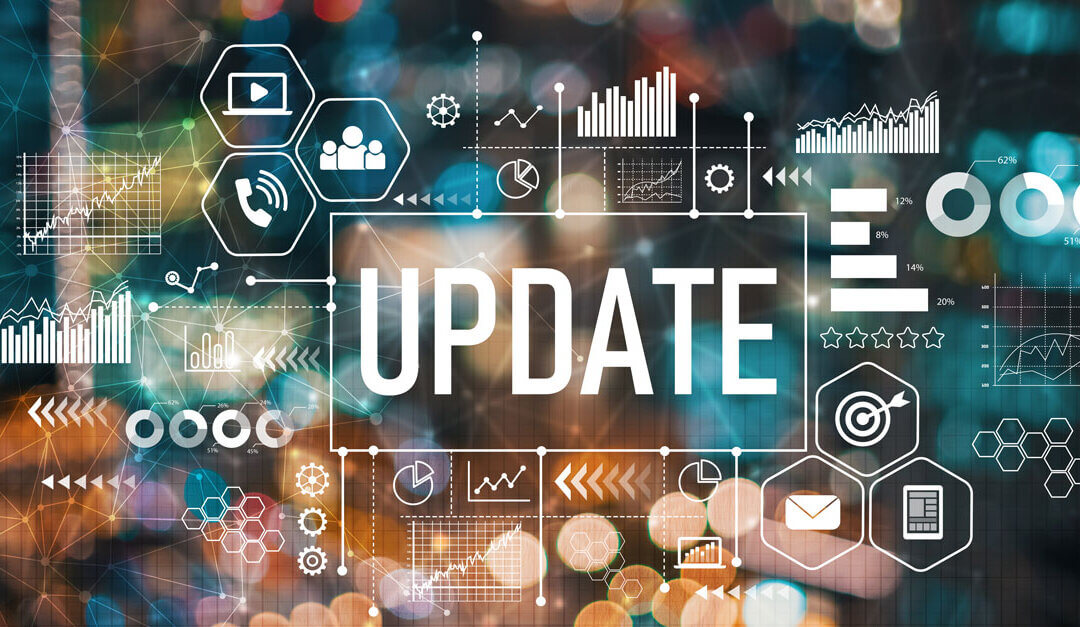
PPP has been in the news since it was first announced in early April. The Paycheck Protection Program has been an important tool for small businesses and farmers alike. Many of you were instrumental in working with customers to secure PPP loans during an unprecedented time. Tax and SBA guidance have been provided and clarified for those taking part in these loan programs. (U of MN Extension’s Agricultural Business Management team continues to provide timely guidance on PPP loans and other pandemic related-programs and tax provisions. See their blog posts here). In this post, we want to take a moment to focus on the 2021 renewal season and how to handle PPP loans when using FINPACK Credit Analysis tools to complete the financial analysis of your customers.
Basic Assumptions:
- PPP forgiveness will be granted for most applicants. Forgiveness may or may not be completed by year-end. Tax statements filed for 2020 will not be impacted by the status of PPP loan forgiveness.
- Tax treatment of PPP loans now states PPP loan forgiveness will not be reflected in business income for 2020. Additionally, expenses paid with initial loan funds are now allowed as deductible business expenses.
Balance Sheet:
PPP is a loan until forgiven and should be represented on the customer’s balance sheet as such. The PPP loan status will determine representation on the balance sheet. Our recommendation includes:
- If the loan is forgiven by the balance sheet date, there is nothing to report.
- If forgiveness is pending on the balance sheet date, show the expected forgiveness amount as an Account Receivable and list the PPP loan as a current liability.
- For PPP loan amounts that will not be forgiven, include the loan as an intermediate liability with amortization details.
Financial Analysis (FINAN):
Expenses paid with PPP loan proceeds are now deductible as farm expenses for tax purposes. Therefore there will be no impact on expense trends or enterprise cost of production. All expenses paid with PPP loan proceeds will be present on Sch. F tax forms and in farm records for 2020. Based on this, our guidance for handling PPP loans in FINAN includes the following:
- If PPP loan forgiveness occurred during 2020, include the amount of forgiveness as Other Government Payment income. Alternatively, Other Personal Income could be utilized if you prefer. This cash inflow will then be used to pay down/pay off the PPP loan forgiven in the liabilities section of FINAN. Show current liability borrowing (PPP loan proceeds received) and principal repayment (PPP loan forgiveness included as Other Government Payment income).
- If PPP loan forgiveness was pending at the end of 2020, the current liability borrowing will be included in FINAN, as will the expense transactions. The balance sheet account receivable will bring the pending loan forgiveness into the accrual adjusted income statement.
- For PPP loans that will not be forgiven, treat this as any other ‘normal’ loan in the analysis. Include the intermediate liability borrowing and expenses paid with loan proceeds.
Schedule F Cash to Accrual Analysis*:
Scenario 1: PPP Loan forgiven at year-end. Assumptions here include forgiveness occurred prior to year-end for the PPP loan and the amount of forgiveness will not be reflected in Sch. F farm income. Also, all expenses paid with PPP loan proceeds are assumed to be included as Sch. F expenses for the 2020 fiscal year of the operation. In this case, include the PPP loan forgiveness amount as ‘Other income (not on Schedule F) in the Schedule F Cash to Accrual analysis data entry. This will then balance the cash in the operation for the year and accurately reflect farm income. Accrual-adjusted income reported in the Schedule F Cash to Accrual tool and the FINAN will be equal with this reporting.
Scenario 2: PPP Loan forgiveness pending at year-end. Assumption here is forgiveness is pending for the borrower’s PPP loan at fiscal year-end. Therefore, the loan is reported as a current liability on the year-end balance sheet with an offsetting account receivable. In this case, no correction needs to be made to the Sch. F Cash to Accrual analysis. Cash balances and the accrual adjusted income is correct with the year-end account receivable from the balance sheet.
Scenario 3: A portion of the PPP Loan will not be forgiven. Assumption here is all or a portion of the borrower’s PPP loan will not be forgiven. This scenario is much like scenario #1 from above for the portion of the loan that was forgiven. Here the amount of forgiveness that was granted during the fiscal year will be reported at ‘Other income (not on Schedule F)’ in the Schedule F Cash to Accrual data entry. The unforgiven portion will remain on the balance sheet. These entries will balance the cash and accurately reflect income.
Earned Net Worth Analysis*:
No additional entries are needed in the Earned Net Worth Analysis, assuming the balance sheet recommendations included here are followed depending on the status of the PPP loan and forgiveness. Since the analysis is utilizing the book end balance sheets for the period, the PPP loan status is accurately reflected based on previous recommendations.
Note: Use the same recommendations above related to EIDL Emergency Advance Grants that are also excluded from business income.
Summary
PPP loans have been an important piece of the pandemic related relief packages. Many farmers and small businesses took advantage of these programs. This information is intended to help you correctly analyze the 2020 year in FINPACK Credit Analysis.
* Designates FINPACK Credit Analysis tools available in the lender version of the software.
Pauline Van Nurden joined the FINPACK Team as an Economist in 2017.
Prior to joining the FINPACK Team, she worked as a lender. This provides her valuable industry experience and knowledge in her work with FINPACK. Pauline holds a Master’s Degree in Agricultural Education and Bachelor’s Degree in Applied Economics, both from the University of Minnesota.





